Calculate the single-atom upper-bound cutoff EUV photon energy one can expect to generate with the classical model by calculating the Ponderomotive energy and using the gas-specific ionization energy.
However knowing the single atom cut-off energy is insufficient, phase matching is also a critical criteria that needs fulfilled in HHG operation and KMLabs has decades of expertise in this area.

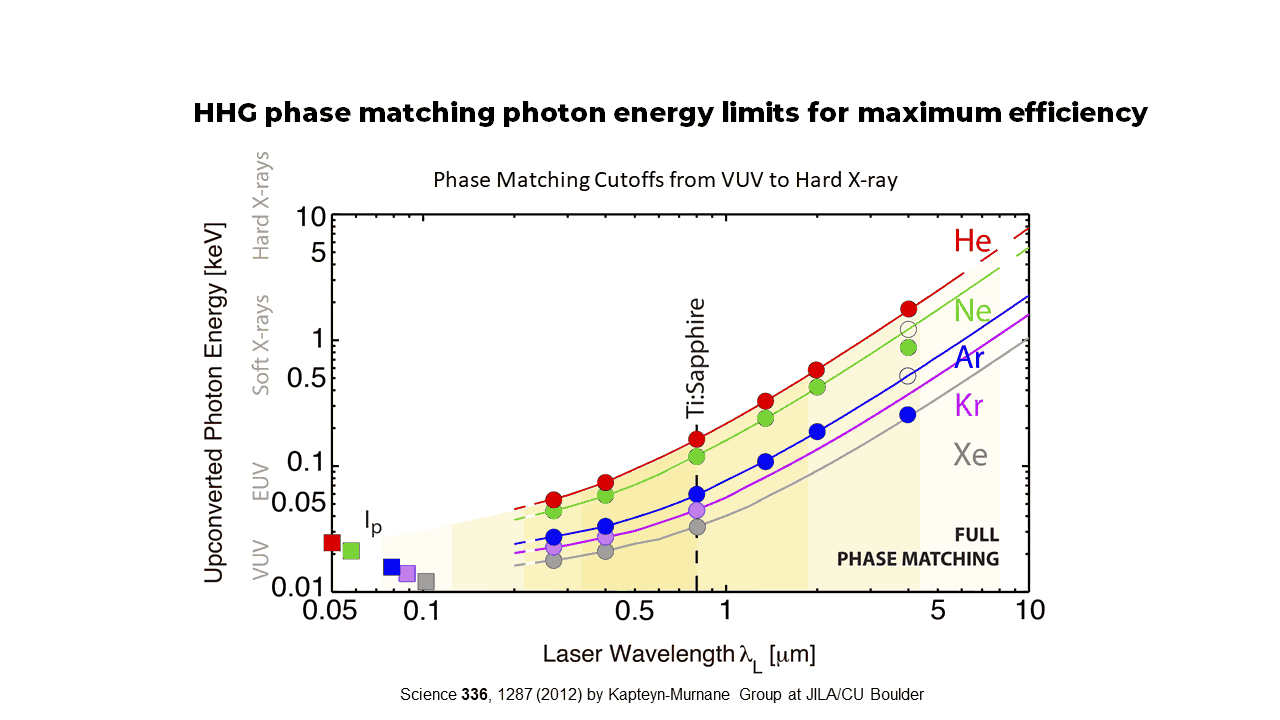



Under driven
Optimally driven
Over driven
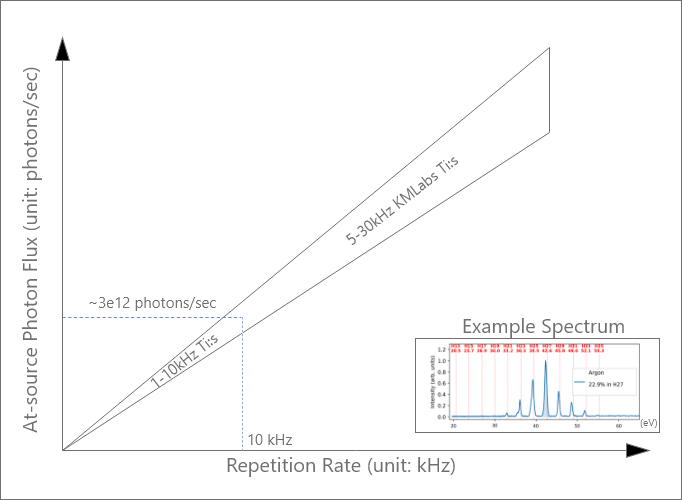
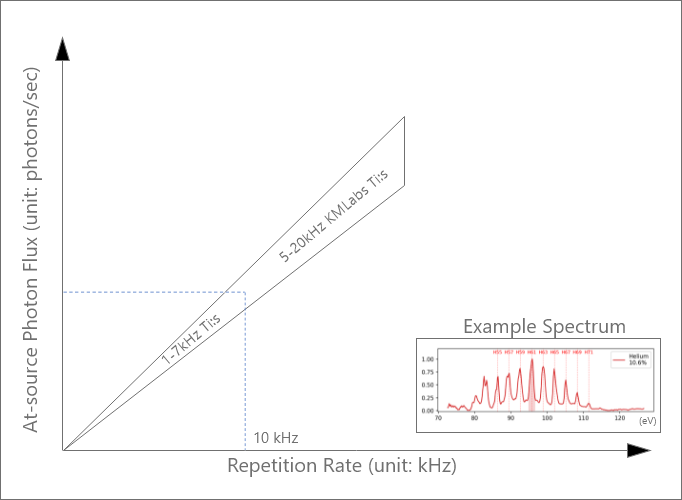
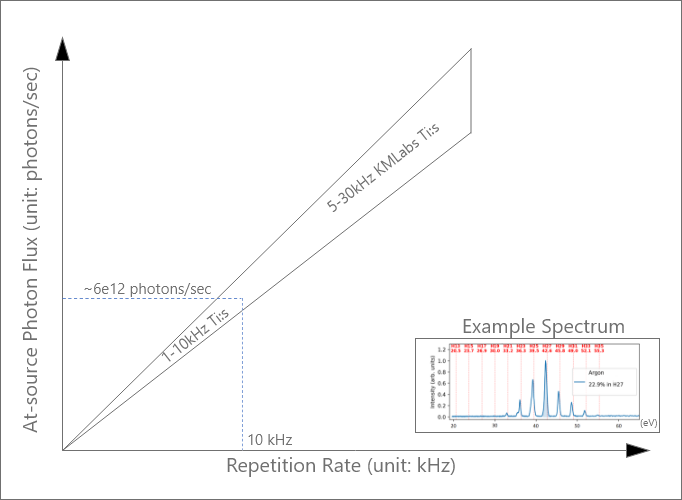
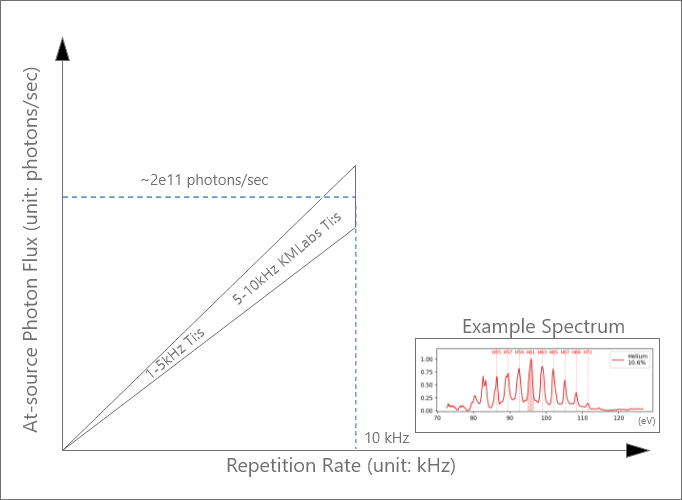
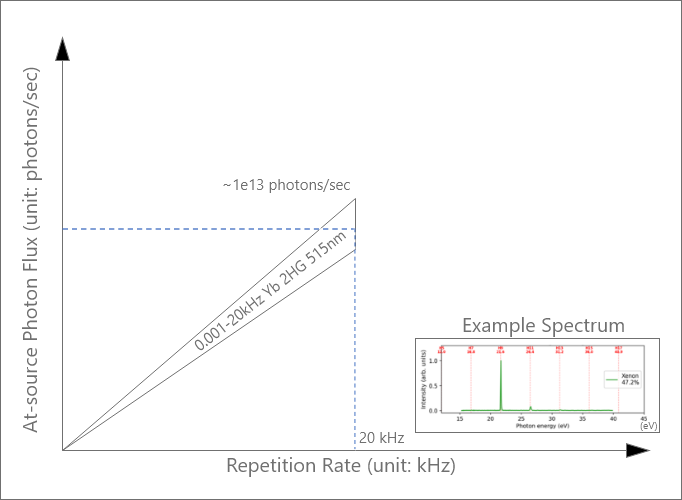
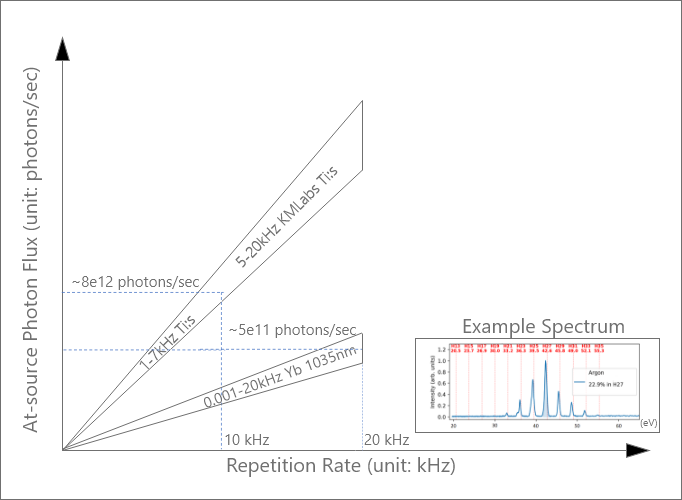
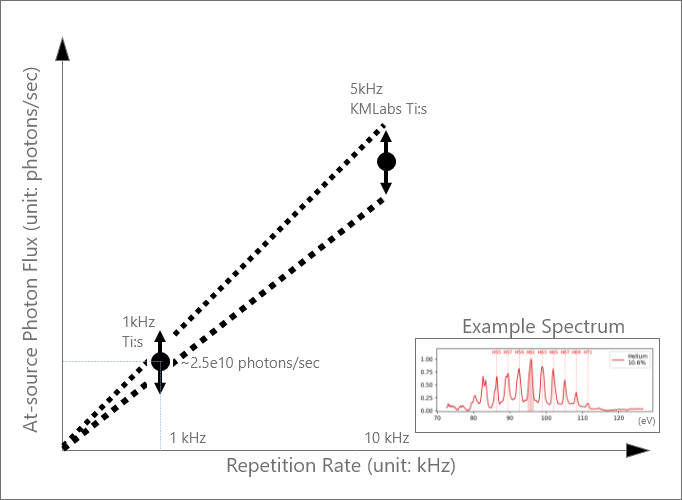


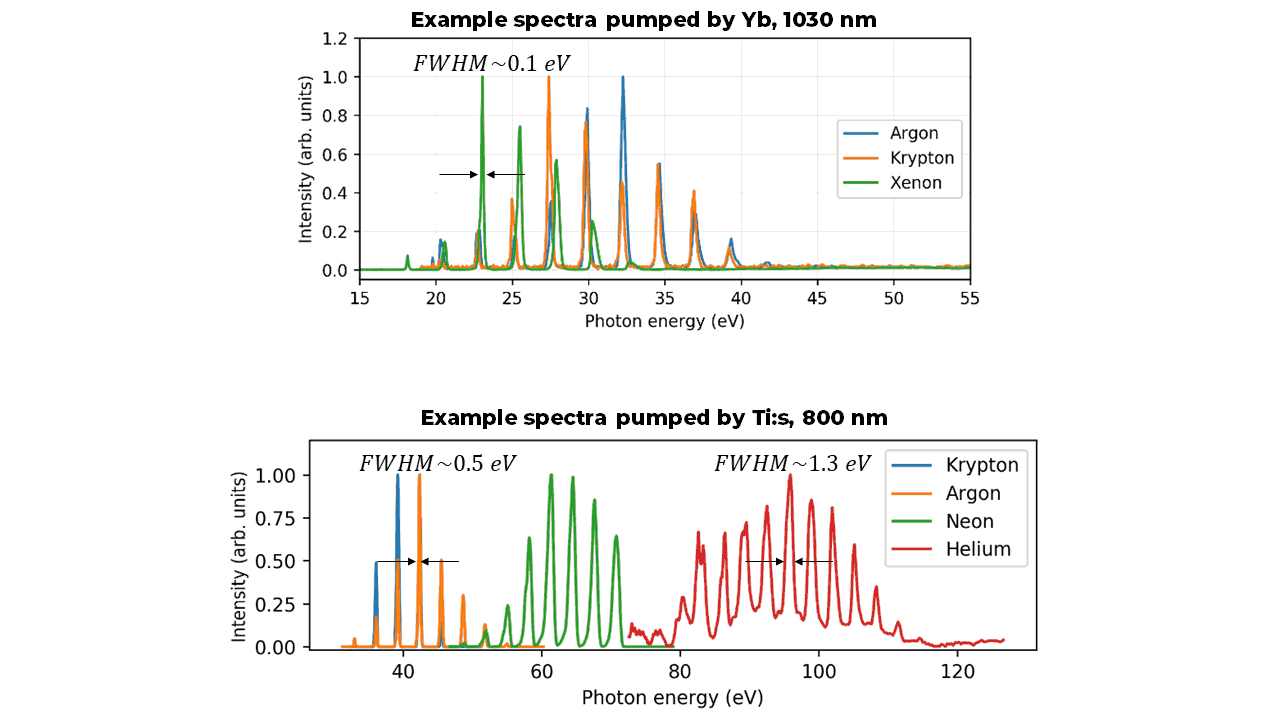



范例光谱展示
Want to learn more? Watch a short video clip on HHG intro presented by KMLabs' cofounder, Dr. Margaret Murnane, on 2021 CLEO Plenary speech below.
© Copyright 2018-2024 KMLABS leading in ultrafast All Reserved | Privacy Policy